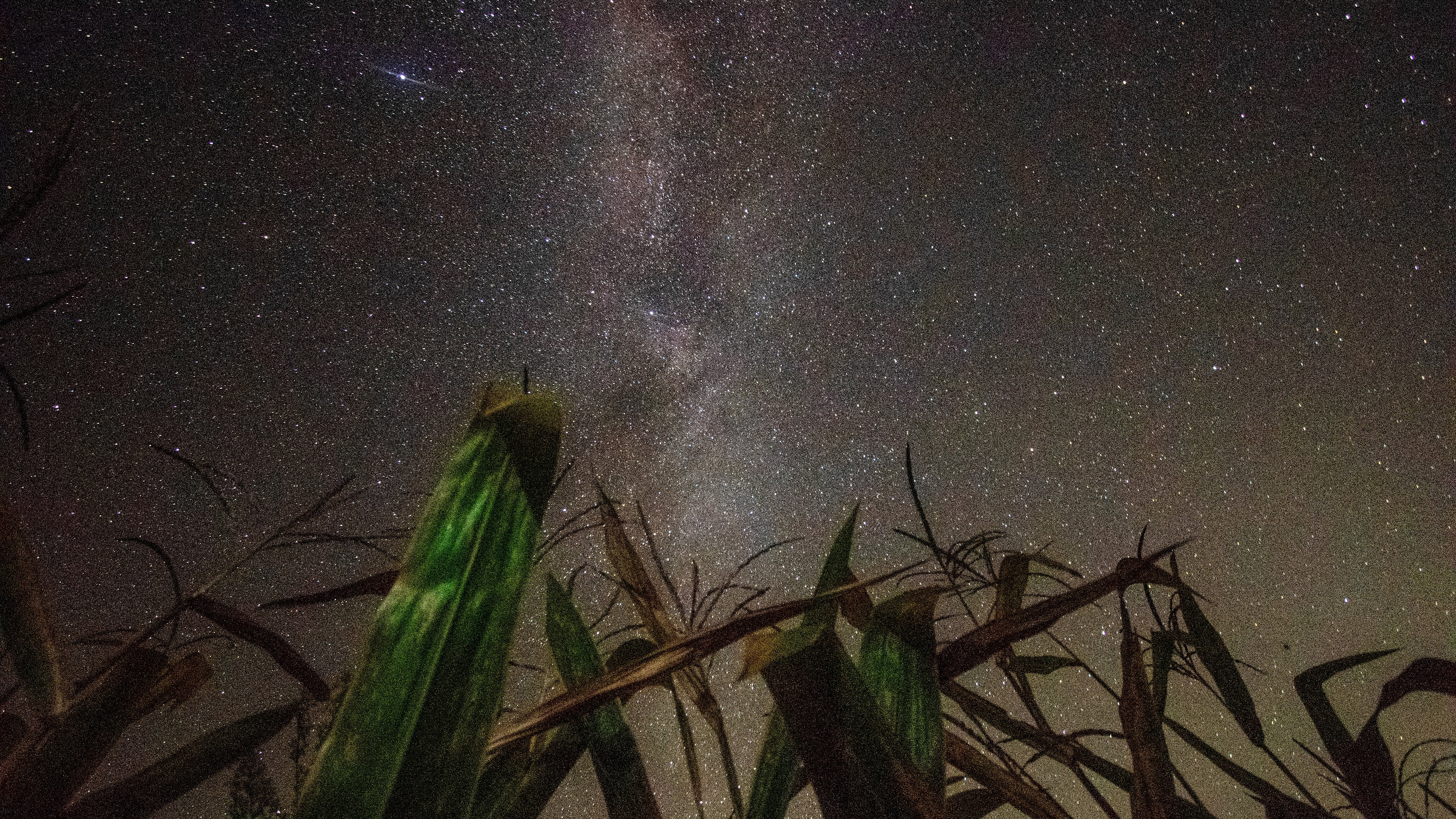
When we look up at the night sky, we see familiar stars and constellations that have been visible for thousands of years. Yet stars do not last forever. They live and die, though on exceptionally long timescales. But how long will it take for these changes to be visible in the constellations visible from Earth?
Much of this depends on the lifetimes of certain stars. Most stars in our galaxy are small. However, in the constellations we see, large and bright stars are overrepresented. The larger the star, the shorter its lifetime and the sooner it will disappear from our sky.
Stars about eight times the size of the sun and larger will undergo a core-collapse supernova at the ends of their lifetimes. These massive explosions are impressive sights and signal stars disappearing from our sky.
Related: Can you see stars in light-polluted skies?
Many astronomers think Betelgeuse, a red supergiant star, will be the first star to disappear from our sky. It could vanish tomorrow … or 100,000 years from now. When it explodes, it will be brighter than the full moon — bright enough to be seen during the day or cast shadows in the night.
Another star of interest is Eta Carinae, which is visible mostly from the Southern Hemisphere. This binary star system is hundreds of times the mass of the sun. Around 180 years ago, Eta Carinae experienced a massive outburst. The star survived, but its next outburst may result in a supernova that destroys the star.
It's difficult to predict the exact moment these stars will explode, but one clue could come from ghostly particles called neutrinos. During a supernova, most of the energy is not in the optical but rather emitted as neutrinos.
"The neutrino production from Betelgeuse will ramp up in the last phases of its life so that in the last day, it will emit enough neutrinos that our current detectors will see it," said Brian Fields, a supernova expert at the University of Illinois. We'll have about 24 hours' notice before the star explodes.
Such a massive explosion may sound dangerous to Earthlings, but we're too far away for it to have an impact, Fields said. For life on Earth to be affected, a supernova would have to be within 8 to 10 parsecs — about 2 million times the distance between Earth and the sun.
"If we had anything that close, it would be by far be the brightest star in the sky," Fields told Space.com. "They're not subtle. They don't sneak up on you."
On the move
Although a supernova may be more dramatic, our constellations will undergo a more radical change from the movement of stars.
Every star in our galaxy is moving. When viewed from Earth, this is called proper motion, which is how much the apparent location of the star seems to change. Barnard's star is the fastest star, whipping by at 10 arc seconds a year. This means that in 180 years, the star moves the diameter of the full moon.
Most stars travel much more slowly than that. So the constellations we see today are basically the same as the ancient Greeks saw them. Over tens of thousands of years, however, stellar motions will add up to radically affect the shapes of the constellations.
Take the Big Dipper, which is an asterism in the constellation Ursa Major. The central five stars of the Big Dipper not only appear close together in our sky but are physically close to one another as well. Born together, these stars are a "moving group" that travel across the sky together. The stars on each end, however, have their own directions and motion.
"Over time, the Big Dipper will morph and won't look like a spoon at all," Fields said. "Enough of it will change that it will look 'freaky deaky' after tens of thousands of years."
Because these changes will be visible over timescales of tens of thousands of years — rather than tens of millions of years, which is the timescale in which we expect many supernovas — our constellations will be affected by proper motion long before the stars vanish from the sky.
Earth's motion will also affect our night sky. Our planet wobbles like a top, changing the direction of the North Pole. This is called precession.
"The Egyptians used to have a different north star," said Kayleigh Excell, a supernova researcher who works with Fields. "At the time of the Pyramids of Giza, [their north star] would be Alpha Draconis," also known as Thuban.
Our constellations will change, but not just because stars die or move. New stars are actively being born in our galaxy. These stars will eventually emerge from their nebulas. If they're bright enough, these stars will take their place in new constellations in our sky.







